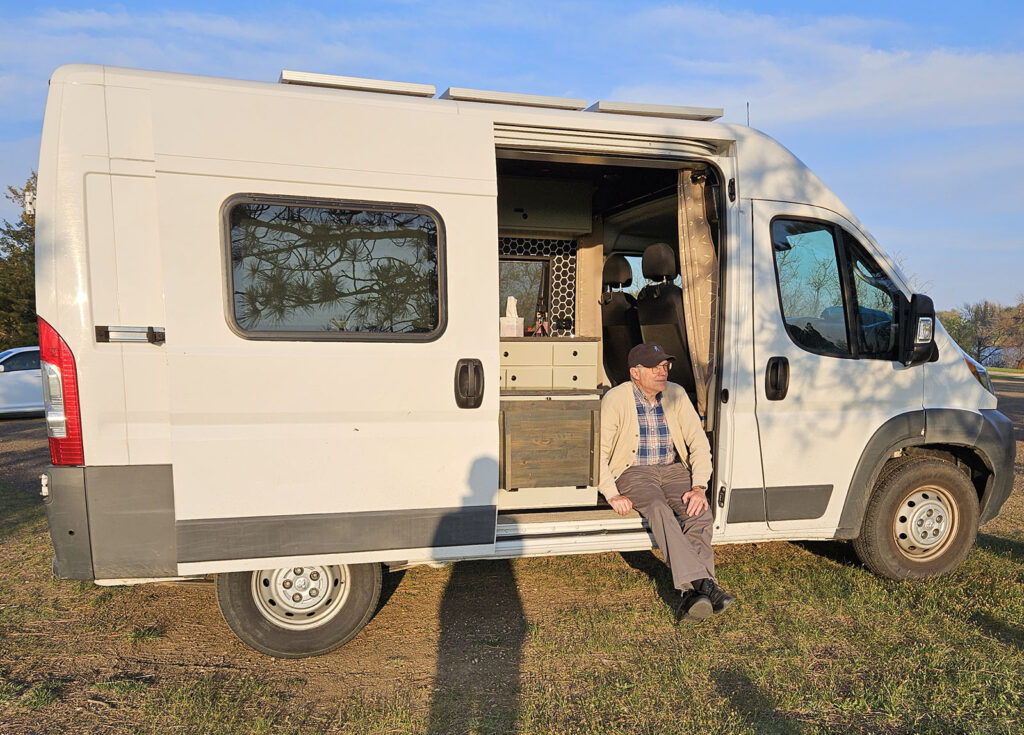As promised in my previous post, I’m going to tell a story about the trickiness of observation and how my 5-year old daughter saw through a clever but deceptive narrative that I told to exercise her powers of reason!
I first published this on X (then Twitter) as my very first Tweet Storm—a series of short tweets that collectively complete a full narrative. (X-storm just doesn’t have the same ring as Tweet Storm, does it?) Anyway, here goes. Please note that there is a science connection as well as a connection to inferring truth in a fake-news world.
By the way, this is a true story!—I call it The Case of the Invisible Monster
When my daughter was about 5 years old, I decided that my job as parent included providing lessons in critical thinking (she was already pretty good at it, but I’m an academic and couldn’t resist…)
We were walking up the stairs to her bedroom one night—her bedroom was situated in a semi-finished attic—when suddenly I came to a halt and pointed at the stairs.
“Look!” I said. “An invisible monster has been here!”
She didn’t seem too concerned at first, especially considering that the monster must have been headed for her bedroom. I’ve wondered since what her lack of reaction says about my parenting.
Anyway, she asked “How do you know?” A very good question from my budding scientist and skeptic!
“Because of its tracks!” I said and again pointed at the stairs.
She drew a bit closer to me, peering around my leg at the stairs where I pointed, but she still bravely challenged my claim.
“I don’t see anything,” she said.
“Yes,” I stated triumphantly. “That is how we know it was an *invisible* monster!”
My daughter hesitated a moment, and then the little bit of tension I’d managed to generate melted away and she laughed.
Even at 5, my daughter realized I had to be joking. She realized that it didn’t make sense to claim that the absence of tracks on the stairway was evidence for an invisible monster.
She realized that lack of disproof was not in itself evidence. You can’t just make something up, and then claim that the lack of tracks on the stairs proves the monster was an invisible one.
I was so proud of her–there are many adults who believe all manner of conspiracy narratives based on invisible footprints!
To this day, my daughter has not disproven that an invisible monster went up those stairs. Maybe one did!
But without evidence, it simply is not worth pursuing, because, without evidence, the pursuit could never bear meaningful fruit, nor could any reasonable discussion converge toward a reasoned conclusion.
This is why, to be considered “scientific”, a hypothesis must be testable and falsifiable. A testable hypothesis can be tested and argued scientifically, leading to deeper understanding.
Now, I want to acknowledge that there might be truths that don’t meet scientific protocols. But that is a tweet for another day. POTR
***
So, how does this little story apply to the fake-news world? Well, that is for you to figure out! As a science educator, my job is not to tell you what to think, but rather to encourage you to think. Consider your favorite political narrative. Is there evidence for it, or only a lack of disproof? The ultimate argument for most conspiracy theories goes something like this “We know there is a conspiracy going on because of the great job their doing in keeping it all secret!”
That’s how we know it’s an invisible monster.
In my next post I am going to tell another true story, one that considers how narrative can sometime bias observation, and how we have to apply reason even when we think we have observations!
